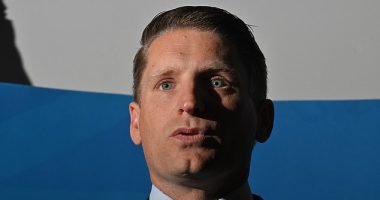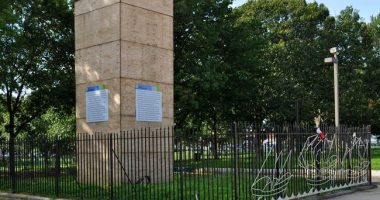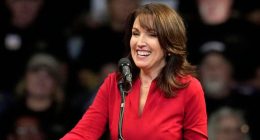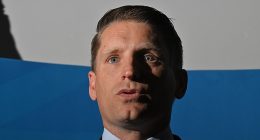The number of Australians who took up vaping surged by 30 per cent last year, raising concerns users will turn to dangerous black market stock in the wake of new laws.
But 400,000 more adults began vaping in the year to December, according to new Roy Morgan data commissioned by the Australian Association of Convenience Stores (AACS).

New South Wales saw the largest increase of 470 per cent in that time, followed by Victoria with 355 per cent and Western Australia with 329 per cent.
There are now more than 1,720,000 e-cigarette smokers nationwide - an increase of 349 per cent over the past five years.
The numbers proved the black market for nicotine vapes is booming as the product is forced off the shelves, AACS chief executive Theo Foukkare said.
“The majority of Aussies are struggling to put food on the table, so forcing them to pay the Medicare gap … will just send more and more people to the black market where they can easily access cheap, yet dangerous, nicotine vapes that have been made with insidious chemicals in China.”
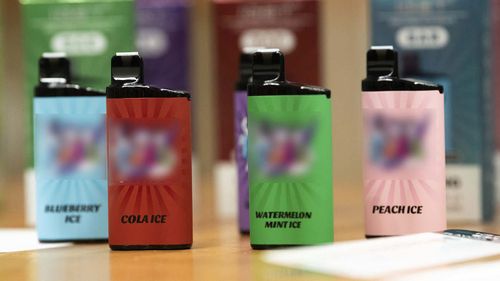
Health Minister Mark Butler announced the ban last year after vaping became widespread among children in what he said was the “biggest loophole in Australian healthcare history”.
“Over the past 12 months, Victoria’s poisons hotline has taken 50 calls about children under the age of four ingesting vapes. Under the age of four,” he said in May.
“Vapes contain more than 200 chemicals that do not belong in the lungs.
“These are supposed to be pharmaceutical products so they will have to present that way, no more bubble gum flavours, pink unicorns or vapes disguised as highlighter pens for kids to hide in their pencil cases.”
Vapes are now only available under a prescription at a pharmacy for those over 18 and must be presented in plain packaging.
The government’s modelling showed almost half a million adults are expected to visit the GP twice a year for a vape prescription.
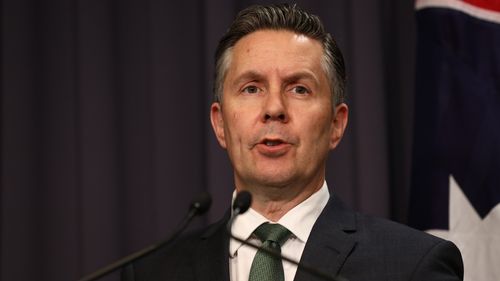
“If all 1.7 million Australians who vape end up getting a prescription twice a year, that would lead to a staggering 3.5 million extra doctors’ appointments on top of an already crippled healthcare system,” he said.
“That will cost Medicare just under $140 million.”


